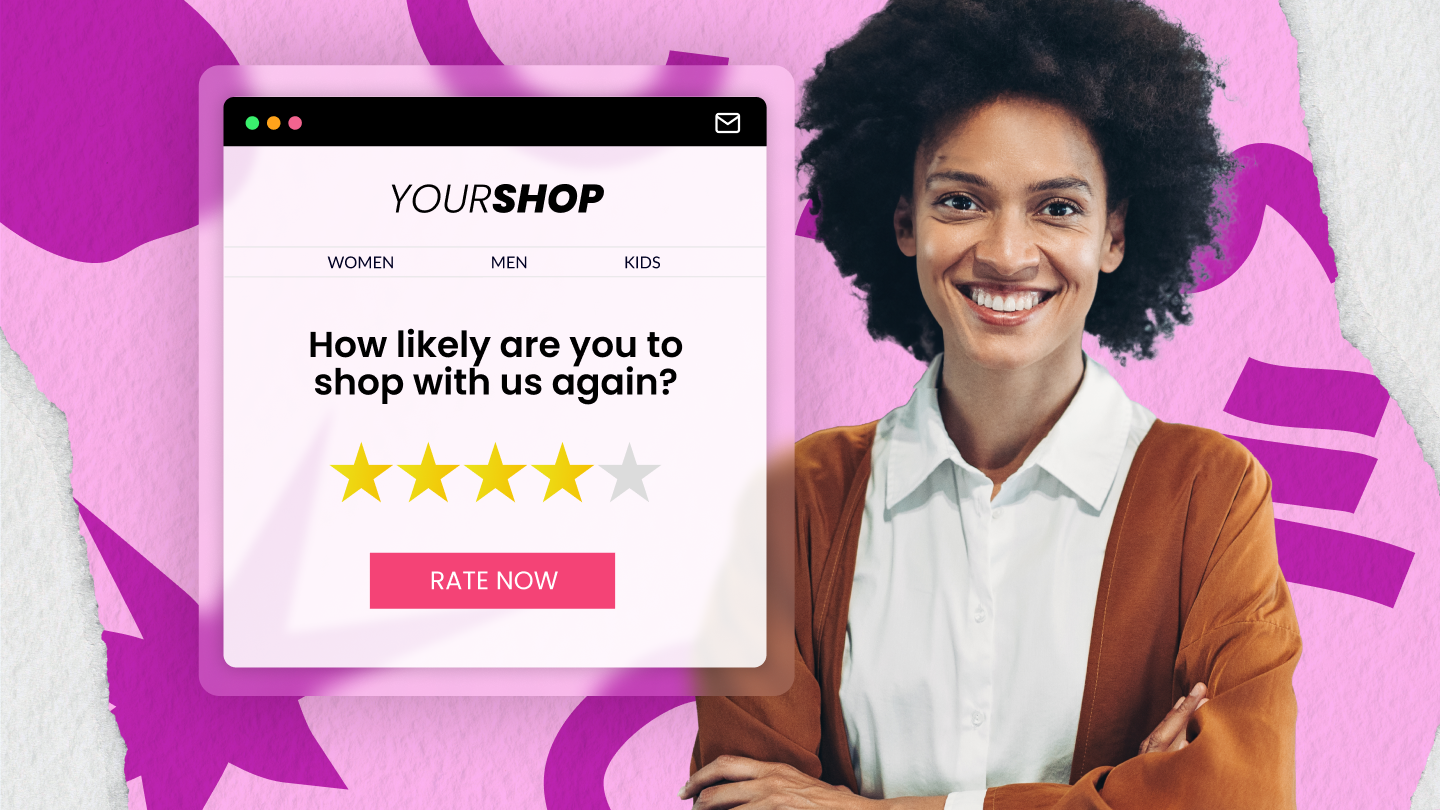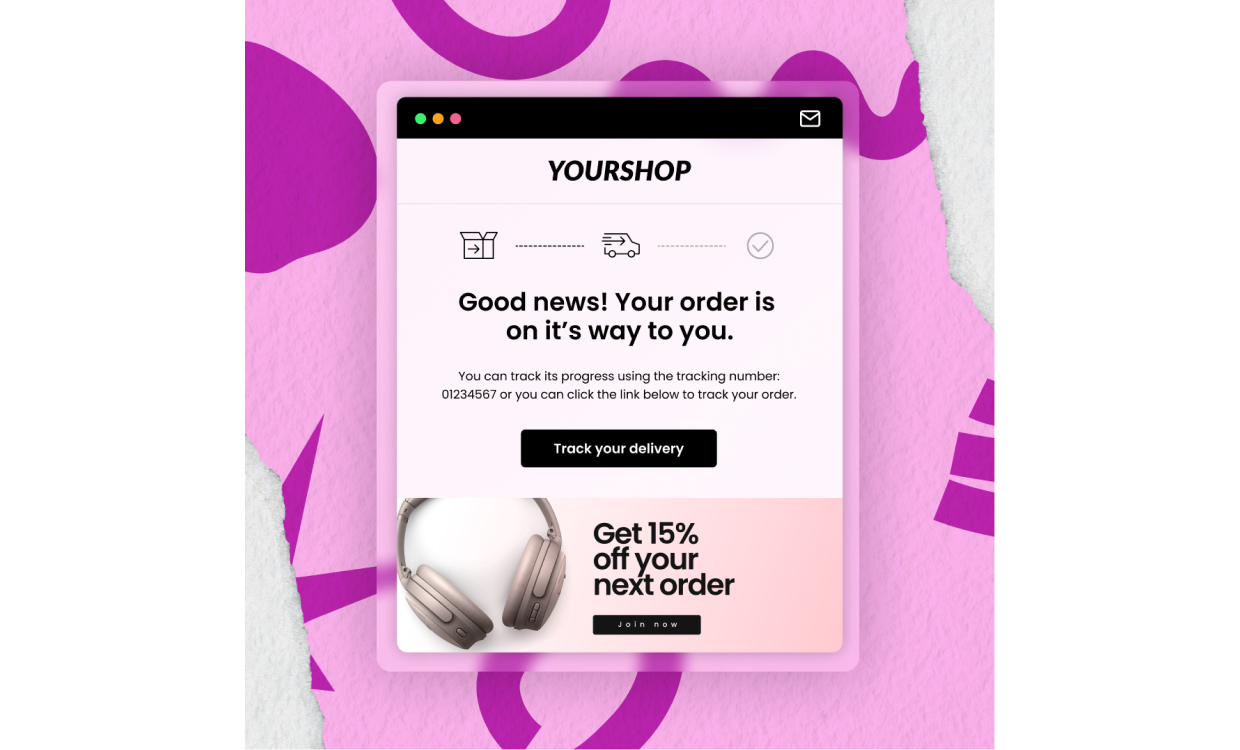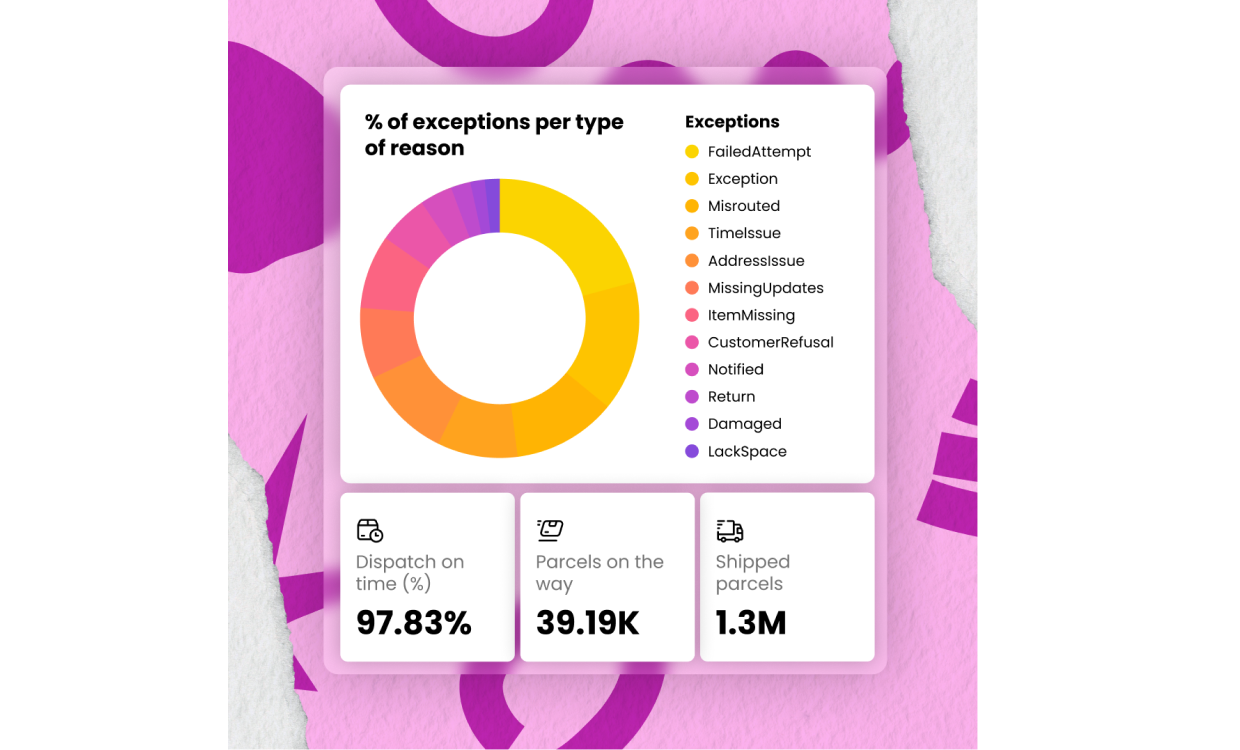CX leaders: Owning the post-purchase experience as part of the broader customer journey

As a Customer Experience (CX) leader, your mission is clear: deliver seamless, memorable experiences that keep customers coming back. But here’s the truth – if your customer journey strategy stops at checkout, you’re missing out on one of the biggest opportunities to drive loyalty, build trust, and boost your bottom line.
The post-purchase experience (PPX) is not just about shipping an order; it’s about managing the relationship that begins after the sale. As the CX leader, you are the architect of that relationship, responsible for ensuring that every post-purchase touchpoint feels as intentional and seamless as every other part of the customer journey.
Here’s how to own the PPX as part of your broader CX strategy and work cross-functionally with your peers to make it happen.
Your role: Architect of the end-to-end journey
CX leaders know that customer expectations are higher than ever. Today’s customers don’t just want a product; they want an experience that’s seamless, personalized, and stress-free from the moment they hit “buy” to the moment their order is delivered (and potentially returned). And guess what? They don’t care which team is responsible for what. They just expect everything to work.
So, it’s your job to make sure it does. As a CX Leader, you need to ensure that the post-purchase phase is fully integrated into your overall customer experience strategy. No more fragmented systems, inconsistent branding, or unhelpful communication. You need to own the post-purchase experience the same way you own the pre-purchase journey.
But here’s the kicker – you can’t do it alone.
How to own PPX cross-functionally: The practical “how-to”
To successfully manage the post-purchase experience, you need to align your efforts with other key departments – operations, logistics, marketing, and digital. Here’s how you can practically take ownership of the PPX and collaborate cross-functionally:
1. Build a consistent, branded post-purchase journey
Your brand doesn’t stop at the sale. The experience your customer has while waiting for their order, tracking it, and dealing with any issues is just as critical to brand perception as their interaction with your website.

Practical how-to:
Work with Marketing to ensure that every post-purchase email, notification, or update is on-brand and consistent with your voice and messaging. This includes everything from delivery confirmations to return updates. Customers shouldn’t feel like they’re suddenly dealing with a different company once the order leaves the cart.
Leverage your Digital Leader to personalize these communications based on customer behavior and preferences. Segmentation is key here – different customers expect different types of communication, and your systems should be flexible enough to adjust accordingly.
2. Ensure real-time communication and transparency
Customers crave transparency, especially in the post-purchase phase. If you’re not providing real-time updates about their order’s status, you’re not only eroding trust but also increasing the chances of WISMO (Where Is My Order?) calls.
Practical how-to:
Partner with your Operations leader to ensure seamless integration between your order management systems and your customer-facing platforms. This will enable you to offer real-time order tracking updates through your website, app, and email.
Make sure your Logistics Team is providing you with accurate delivery data so you can be proactive with customers. If there’s a delay, tell them before they have to ask. Proactive communication goes a long way in building trust.
3. Optimize issue resolution and returns
As a CX Leader, you own not just the customer’s happiness but also their frustration. That means you must be laser-focused on issue resolution, especially when things go wrong in the post-purchase phase.
Practical how-to:
Collaborate with your Customer Service leader to empower agents with the tools and information they need to resolve issues quickly. This means giving them real-time access to order data so they can answer questions without delays.
Ensure the returns process is as seamless as the purchase process. A complicated return can kill the relationship. Make sure returns policies are clear, visible, and easy to follow. Work with Operations and Logistics to automate return notifications and refunds, reducing customer frustration.
4. Leverage data for continuous improvement
The post-purchase phase provides rich data that can tell you a lot about customer behavior, logistics performance, and areas for improvement. As the CX Leader, you must leverage this data to refine the customer journey continuously.

Practical how-to:
Partner with your CIO/Tech leader to ensure you’re capturing real-time, actionable data across the entire post-purchase journey. This includes order tracking, delivery times, customer inquiries, and return rates. You can’t improve what you don’t measure.
Use this data to identify patterns in customer behavior (e.g., frequent returns, delivery delays, WISMO calls) and proactively adjust your processes. For example, if you notice customers frequently calling about delivery dates, perhaps you need to re-examine your delivery estimates at checkout.
5. Make CX a strategic priority for the entire organization
Let’s get real – if PPX isn’t a priority across the entire company, you’ll be stuck in reaction mode, constantly trying to fix issues instead of preventing them. As the CX Leader, it’s your job to sell the value of PPX to your peers, ensuring that every department understands its role in delivering a seamless experience.
Practical how-to:
Make the case for CX ownership of the PPX as a strategic priority at the executive level. You need buy-in from the CEO, CMO, COO, and CIO to fully integrate post-purchase processes into the broader customer experience strategy. If the company isn’t aligned, the customer experience will remain fragmented.
Use your position as a customer advocate to push for the resources, technology, and cross-functional collaboration needed to make the PPX seamless. Show the business impact – highlight how improving the PPX reduces costs (fewer WISMO calls, lower return rates) and increases revenue (higher CLTV, more repeat purchases).
Why CX leaders must own the PPX
If you’re not taking charge of the PPX, you’re leaving a massive gap in your customer journey. CX leaders are uniquely positioned to ensure that the PPX isn’t just about logistics – it’s about building trust, loyalty, and long-term relationships.
By treating the PPX as an extension of the broader customer journey and working cross-functionally to make it seamless, you’re not just fixing customer problems. You’re turning them into brand advocates who will come back for more.
Why PPX should be part of your broader CX strategy
The PPX isn’t a siloed phase – it’s a core part of the entire customer journey. As a CX leader, your job is to ensure that the customer feels engaged, supported, and valued from the moment they make a purchase to the moment they decide to buy again. The brands that master the end-to-end experience, including the critical post-purchase phase, will win the battle for customer loyalty, trust, and long-term growth.
Owning the PPX means ensuring that every team involved is working together to deliver consistency, transparency, and personalization at every touchpoint. When you integrate the PPX into your overall CX strategy, you can turn what is often a neglected phase of the customer journey into a loyalty-building, revenue-driving powerhouse.



